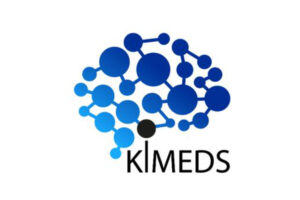To shorten the time from development to certification, the KIMEDS project aims to enable digital submission of risk management files (RMF).
KIMEDS
AI for Medical Device Risk Management Files
Mission
Funding
The German Federal Ministry of Research, Technology and Space (BMFTR) is funding new digital medical technology solutions that sustainably improve healthcare through the “Medical Technology Solutions for Digital Healthcare” program. The KIMEDS project will receive €1.46 million euros of funding over 36 months. This will enable research with the aim of reducing the time to market for new medical devices and increasing the safety of medical devices.
Enabling Safe and Innovative Medical Devices
We are aiming for an integrated, AI-based product safety risk monitoring approach that operates across the entire lifecycle of medical devices – from development to certification to product monitoring. Stephen Gilbert – Professor for Medical Device Regulatory Science
Relieving Pain Points in the submission of Risk Management files
Medical devices are increasing in complexity and the regulations that ensure safe medical devices are brought to the market are also becoming more complex. Increased regulatory requirements place a burden on both manufacturers and notified bodies, that has resulted in a drastic increase in the resources (both time and financial) required to place a medical device on the market. The current submission process for technical documentation is slow, and negatively impacts all stakeholders, from the overworked notified bodies to society, who would benefit from safe, innovative medical devices.
The KIMEDS research consortium is developing a solution to digitalize the Risk Management File (RMF) to help reduce time to market for manufacturers. Additionally, KIMEDS incorporates key aspects of Assurance Cases, enabling domain knowledge and modular aspects of the RMF to be reused and publicly available, thus increasing transparency and producing safer medical devices. The KIMEDS tool will first focus on defining a digital submission format for RMFs. Then the KIMEDS consortium will build a proof-of-concept tool that will addresses stake holder needs. This will include things like logic and continuity checks, filtering and sorting functions, integrated term recognitions/suggestions (IMDF terms), and different views to better analyze data (table, tree, html).
The potential benefits of the KIMEDS project are clear: safer devices in the clinics, reduced time to market for manufacturers, and reduced workload for notified bodies. In a digital world, its time to use some academic ambition to reduce hurdles for AI enabled, digital risk management files.
